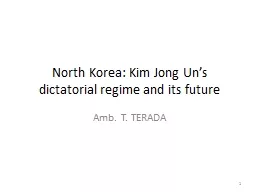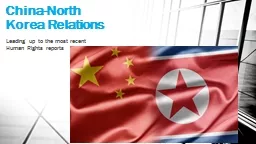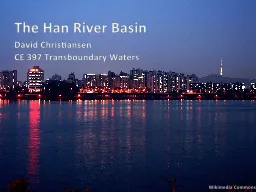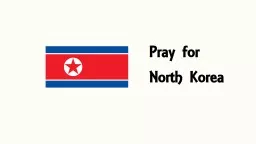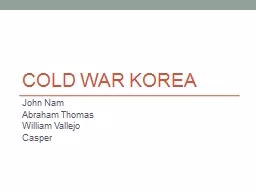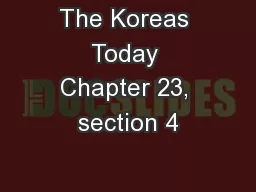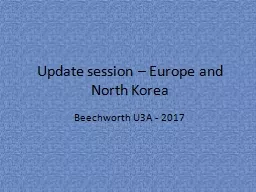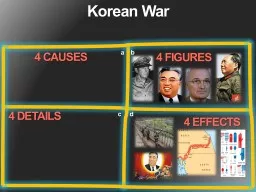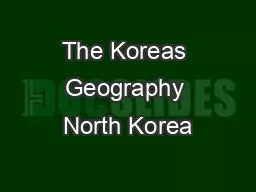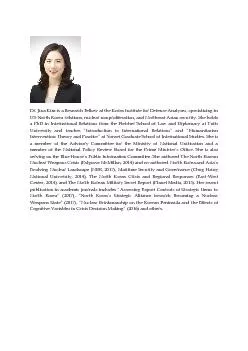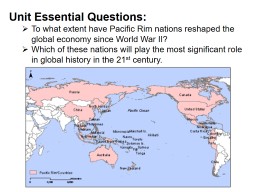PPT-North Korea: Kim Jong Un’s
Author : kittie-lecroy | Published Date : 2018-12-26
dictatorial regime and its future Amb T TERADA 1 The Death of Kim Jong Il on December 17 2011 2 Top In this image from KRT television Kim Jong Un walks next
Presentation Embed Code
Download Presentation
Download Presentation The PPT/PDF document "North Korea: Kim Jong Un’s" is the property of its rightful owner. Permission is granted to download and print the materials on this website for personal, non-commercial use only, and to display it on your personal computer provided you do not modify the materials and that you retain all copyright notices contained in the materials. By downloading content from our website, you accept the terms of this agreement.
North Korea: Kim Jong Un’s: Transcript
Download Rules Of Document
"North Korea: Kim Jong Un’s"The content belongs to its owner. You may download and print it for personal use, without modification, and keep all copyright notices. By downloading, you agree to these terms.
Related Documents

